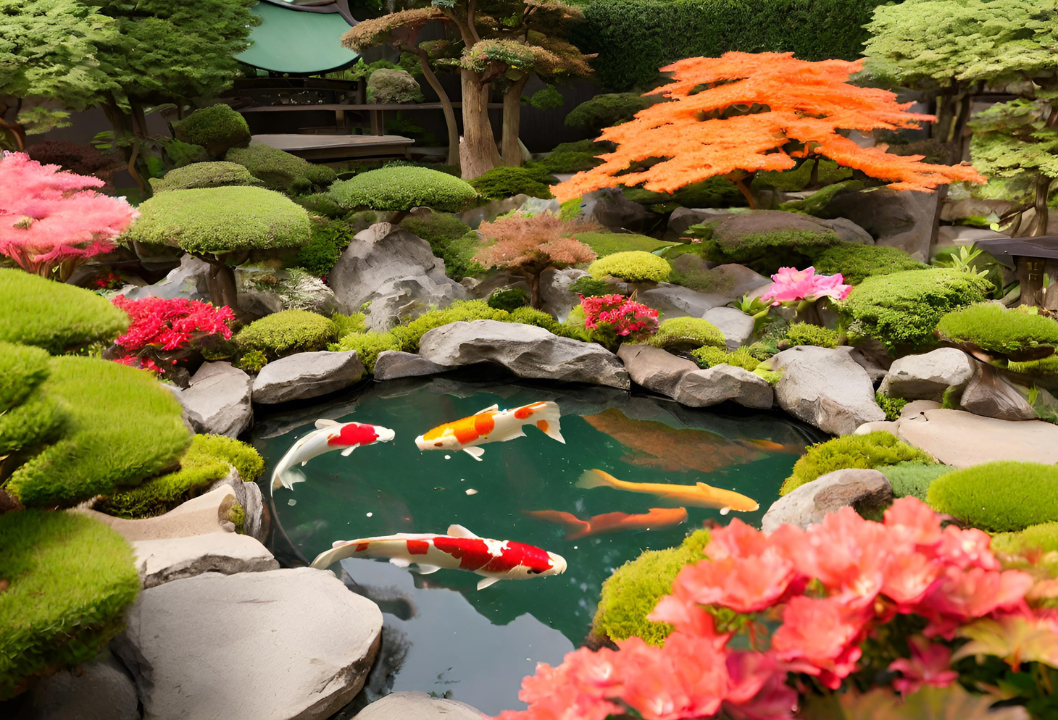
Using Pond Salt for Healthy and Happy Koi
Give your koi the gift of good health with pond salt!
Pond salt, a form of pure evaporated sea salt, is a popular addition to koi ponds for a reason. When used correctly, it offers a multitude of benefits for your beloved fish, promoting their overall wellness and resilience.
Supercharge Koi Health with Pond Salt
Here's how incorporating pond salt into your koi care routine can make a splash:
-
Reduced Stress and Improved Oxygen Absorption: Low doses of pond salt can act as a natural stress reliever for your koi. It also enhances gill function, allowing them to take in more oxygen, vital for their health and activity.
-
Enhanced Slime Coat Development: A healthy slime coat is your koi's first line of defense against parasites, bacteria, and toxins. Pond salt promotes the growth of this protective layer, keeping your fish safe.
-
Electrolyte Powerhouse: Electrolytes are essential for various bodily functions in koi, from regulating heartbeat to maintaining proper vision. Pond salt introduces beneficial electrolytes into the water, supporting their overall health
Beyond the Benefits: Additional Perks of Pond Salt
There's more to love about pond salt:
-
Cost-Effective: It's an affordable way to enhance your koi's well-being.
-
Long-lasting: Properly stored pond salt has a shelf life of years.
-
Equipment-Friendly: Unlike some treatments, pond salt won't harm your filter or other pond equipment.
Choosing the Right Salt for Your Koi Oasis
Not all salts are created equal for koi ponds. Avoid table salt or rock salt, as these can be detrimental to your fish.
The Salt of Choice: Fish-Friendly Pond Salt
Look for high-quality, pure evaporated sea salt specifically formulated for koi ponds. This type of salt is free of iodine, chloride, and other harsh chemicals that could harm your fish.
Finding the Perfect Salt Level
Maintaining the right salt concentration is key. Here's a helpful guide:
-
No Aquatic Plants: If your pond is koi-only, aim for 2½ cups of salt per 100 gallons of water. Distribute the salt evenly around the pond's edge. Remember, salt doesn't evaporate or get filtered out, so you only need to add more during water changes.
-
Plants and Koi: Higher salt concentrations can be stressful for aquatic plants. If your pond houses both koi and plants, use a lower dosage – 1¼ cups of salt per 100 gallons of water. Scatter it around the pond's edge, avoiding direct contact with plants.
For koi with parasites, wounds, or bacterial infections, a salt bath can be a therapeutic option. Here's how to do it safely:
-
Prepare an Isolation Tank: Fill a separate tank with pond water (not tap water) and add 5 cups of salt per 100 gallons. Ensure vigorous aeration is present.
-
Short Salt Bath: Gently introduce the koi to the salt bath for 5-10 minutes, closely monitoring for any signs of stress.
-
Quarantine Tank Recovery: After the salt bath, move the koi to a clean quarantine tank with pond water for another 30 minutes for further observation.
-
Return to the Pond: Once the koi appears healthy and stress-free, it can be reintroduced to the main pond.

Taking the Plunge with Pond Salt
Now that you're armed with this knowledge, consider incorporating pond salt into your koi care routine. Witness the positive impact it can have on your fish's health and vitality. Remember, our customer service team is always here to answer any questions you may have about pond salt or other koi care needs. Let's work together to create a thriving underwater haven for your beloved koi!
Contact Lake n Pond Pros today for expert installation services, valuable tips, and everything you need to bring your pond to life!



Leave a comment